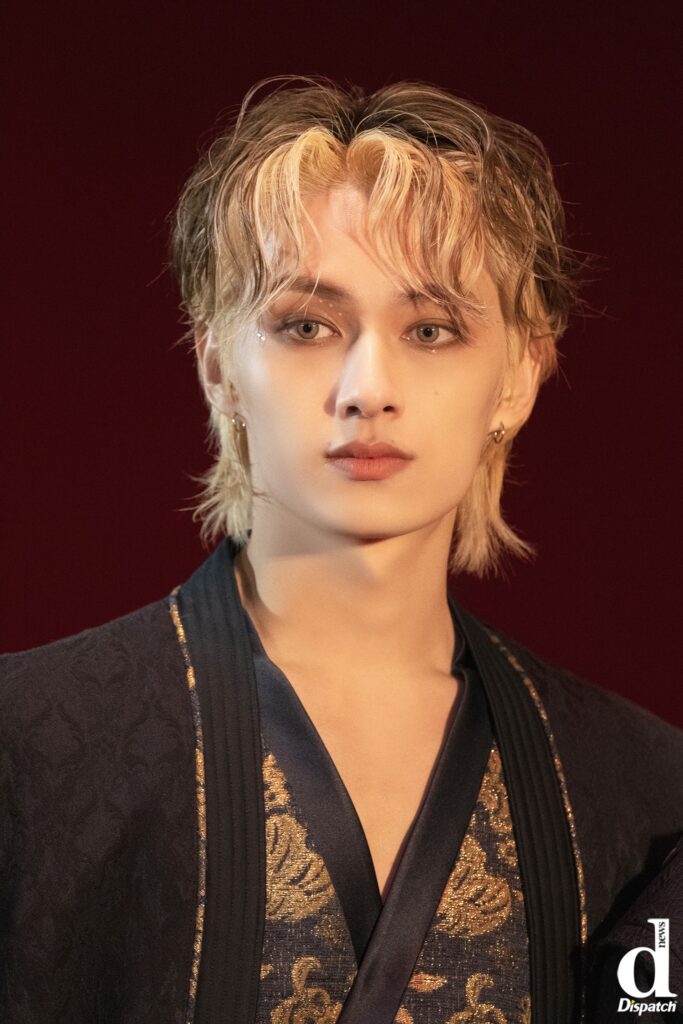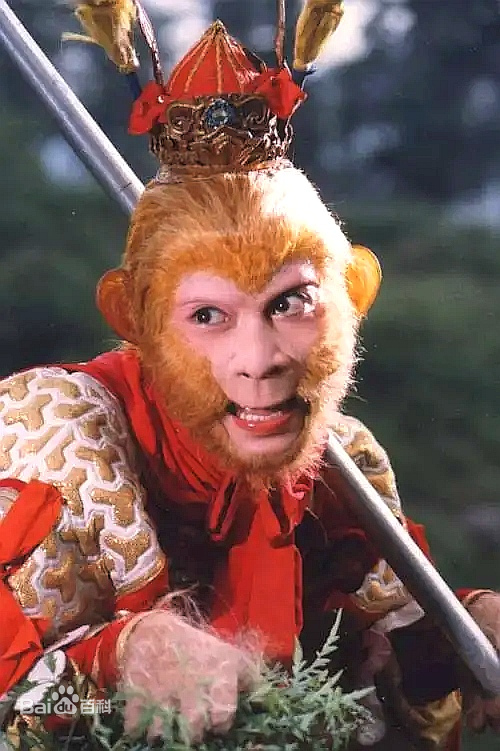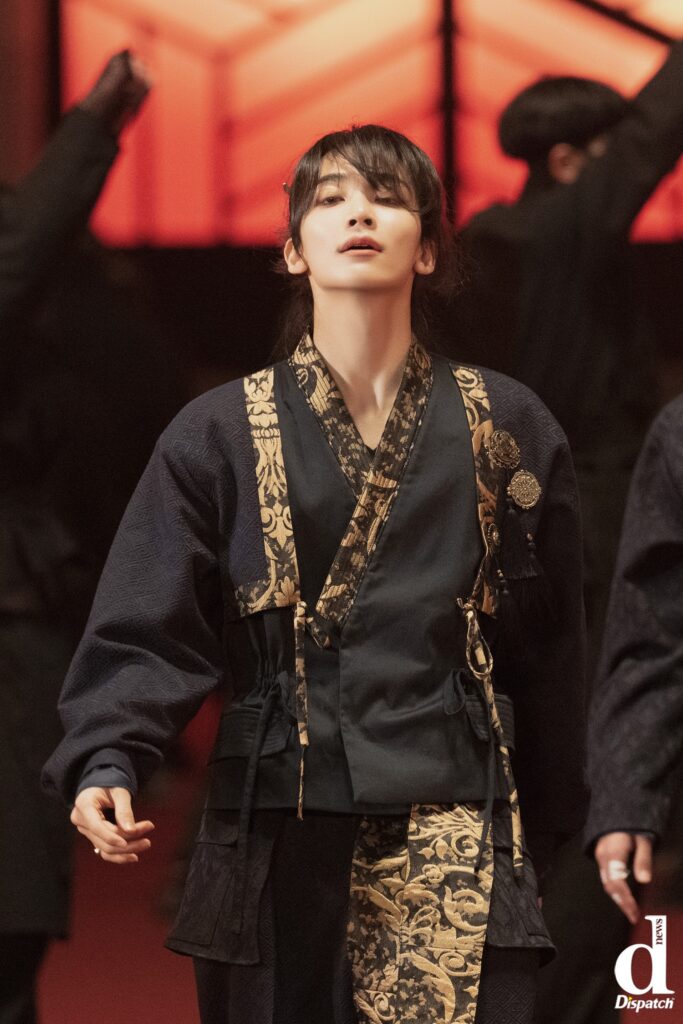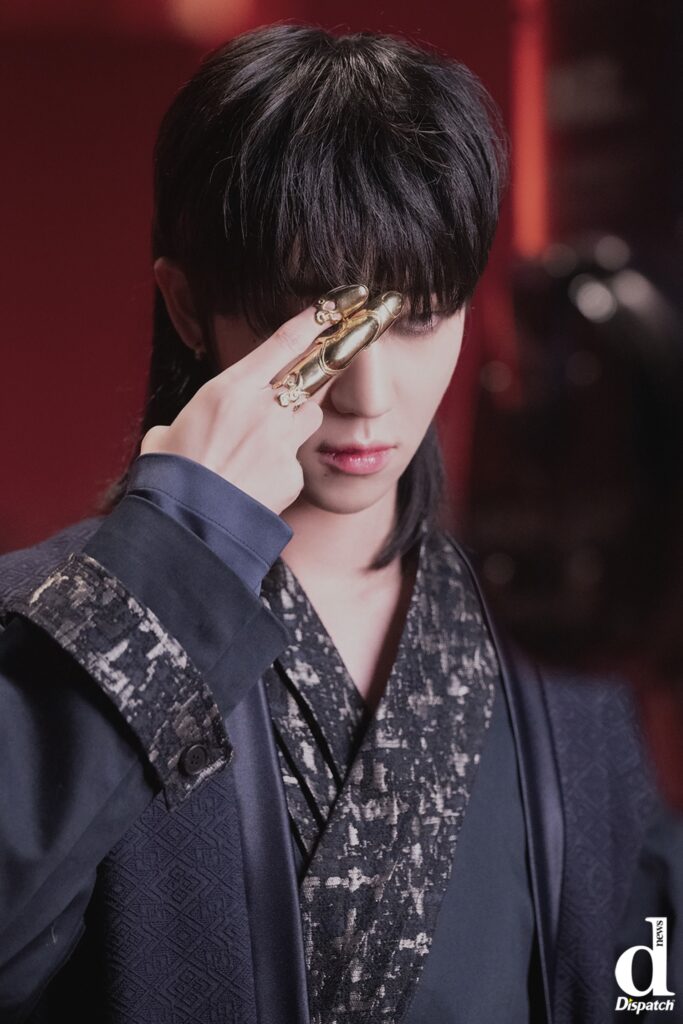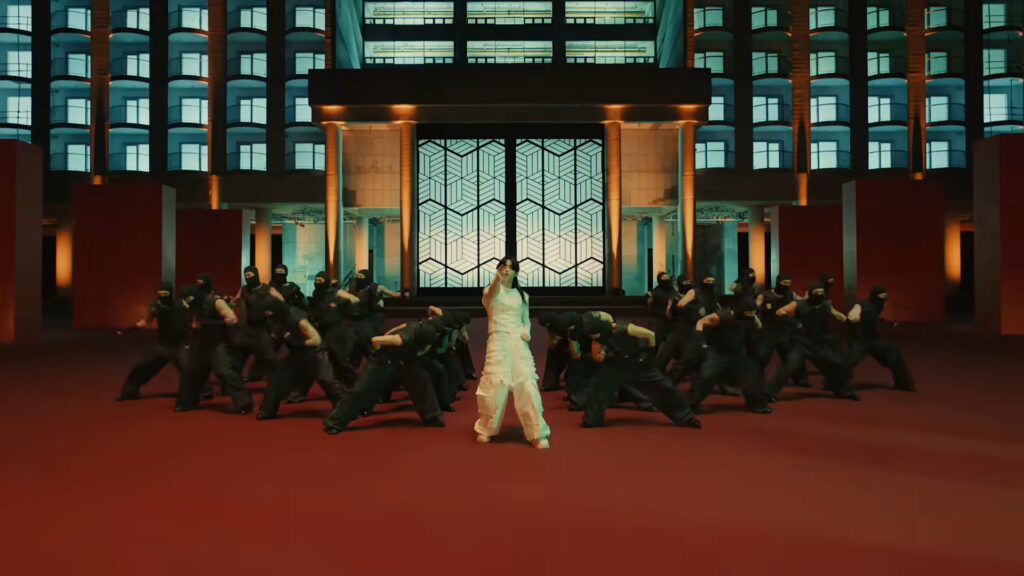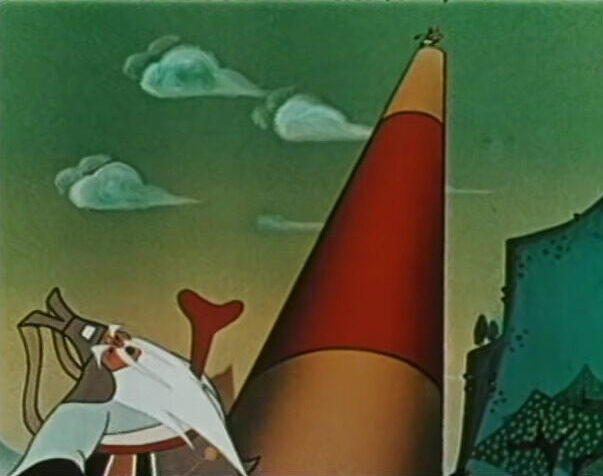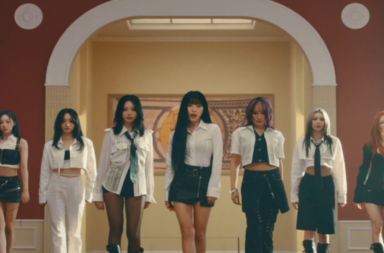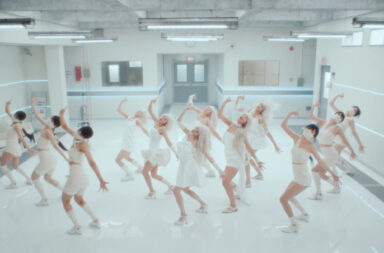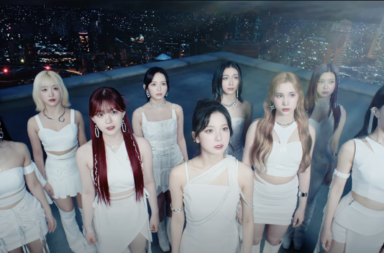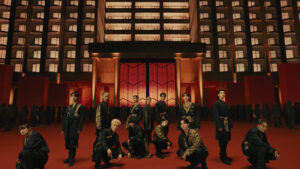
This review began with just one thought: What the hell is with those fugly cropped denim jeans?
But if seven years of writing and editing K-pop reviews have taught me anything, it’s that K-pop often surprises with hidden depths. In Seventeen‘s “Super”, what appears to be a jarring fashion faux pas is really just one of many thoughtful reinterpretations of the MV’s cultural references. Through bold colour choices and styling with distinctively East Asian influences, “Super” pays a subtle but thorough homage to two fictional heroes–Sun Wukong from Chinese literary classic Journey to the West, and Son Goku, a Sun Wukong-inspired character in the popular Japanese anime Dragon Ball.
The MV opens with an extreme long shot of a grand palatial set. Its sheer size, together with the stark contrast between the burnt red lighting and shadows, immediately creates a sense of the otherworldly. This is “Super”‘s modern reimagining of tian gong, the palace where the Jade Emperor resides, which Sun Wukong–ever the anarchist–wreaks havoc on.
Other nods to the twin inspirations are apparent in the opening shots as well. The tall, lean pillars recall Sun Wukong’s magical staff, the jin gu bang, while the eye-catching centre panel features a pattern not unlike higashi, a traditional Japanese geometric pattern.
East Asian influences also permeate the styling. In the first set of costumes, the cropped denim jeans with raw edges–seen on Mingyu, Jeonghan, Jun, and Hoshi–are a reinterpretation of Sun Wukong’s kilt. Yes, they are still as ugly as the first time I laid eyes on them, but I have to give it to the production team for creating a visual reference that is indirect, but still effective enough for viewers familiar with The Journey to the West to make the connection. Jun’s hair is dyed brown with a blonde fringe framing his face, furthering the visual parallel with Sun Wukong’s appearance, while The8 wears golden rings that are a subtle reference to the character’s golden headband.
The members who are mercifully spared the cropped denim wear monochrome outfits with wide-legged jeans, a silhouette that recalls Son Goku’s clothing. Other small touches like Dino‘s arm wraps bring to mind the image of martial art practitioners.
In the second set of costumes, Seventeen are dressed regally in black and gold outfits that draw inspiration from haoris (Japanese traditional jackets) and obis (sashes). The textured V-shaped necklines are a nod to hanbok collars, and Wonwoo, Dino, Mingyu, and Jeonghan wear decorative norigae pendants. Their backup dancers, dressed in all black, don face coverings that fashion them into sageuk assassin-style characters.
“Super” is rich with cultural inspiration, but the references are intentionally oblique to direct the viewer’s attention to the MV’s main focus: Seventeen’s performance. The visual choices and camerawork are also guided by this singular focus. Aside from a brief transitory shot of a star shooting across the sky to combine the two sets of stylings, all of the MV’s sequences share a single set. The camerawork mostly comprises a consistent frontal view, much like an audience’s perspective of a vast stage. This effect is enhanced by the select use of spotlights, such as in the memorable opening formation of the dance crew creating a human throne for Woozi to sit on.
By removing elaborate transitions between sets and shying away from fancy camera angles that call attention to themselves, the MV throws the choreography into sharp relief. Like many of Seventeen’s dances, “Super” blends sharp and fluid movements. It also incorporates memorable point moves, including a salute that pays homage to Sun Wukong’s iconic pose of gazing afar, and a hand movement that mimics Son Goku’s kamehameha attack. The choreography also draws the members into a dazzling variety of formations. The diamond group formation that features in a lot of their choreographies–going as far back as their debut track “Adore U”–makes an appearance here in the post-chorus.
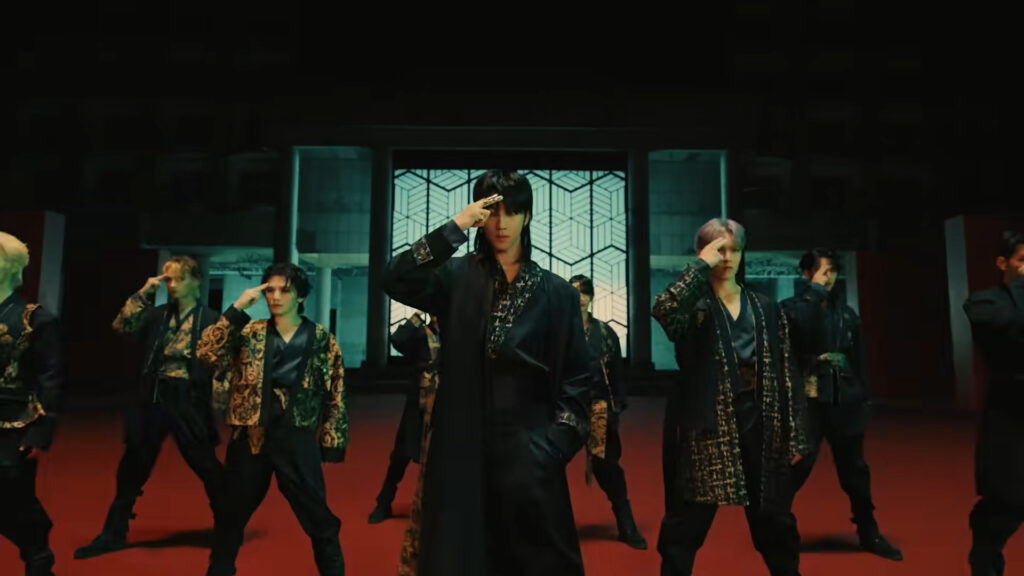
Yet the dance isn’t the only performance that catches the eye. The set design allows “Super” to put on a breathtaking light show. There is the dramatic bottom lighting in the opening sequence that creates an air of mystery and grandeur; a warm glow appears as Woozi begins singing, revealing the sheer magnitude of the set. The lights flash in time with drumbeat synths between Wonwoo and Mingyu’s verses, and pulsate again in the Seungkwan‘s build-up to the chorus.
As the chorus builds up momentum, the camera pulls back to show looming, illuminated monoliths flanking the dance crew, adding a lovely dramatic flair (something that the flat melody unfortunately lacks). In the middle of the MV, the lighting switches up to a cool aqua, providing a visual break from the warm tones dominating the colour scheme. Even this choice of colour is hardly a coincidence; together with the orange-tinged shade of red, the palette resembles scenes from Havoc in Heaven, a 1961 classic animated film that adapts one of the key events in Journey to the West.
Despite “Super”‘s stunning visual grandeur and plentiful nods to the cultures that inspired it, the MV serves up an effortless viewing experience. The production team’s singular focus brings out the strong showmanship that defines Seventeen’s artistry, and their creative, modern reinterpretation of East Asian cultural and aesthetic influences is an exciting promise of the new sides that the group will continue to unveil in the years to come.
(YouTube. Images via Pledis Entertainment, Dispatch, CCTV. Journey to the West Research [1][2], Korean Herald, Tokyo Interior Material Cooperative.)
